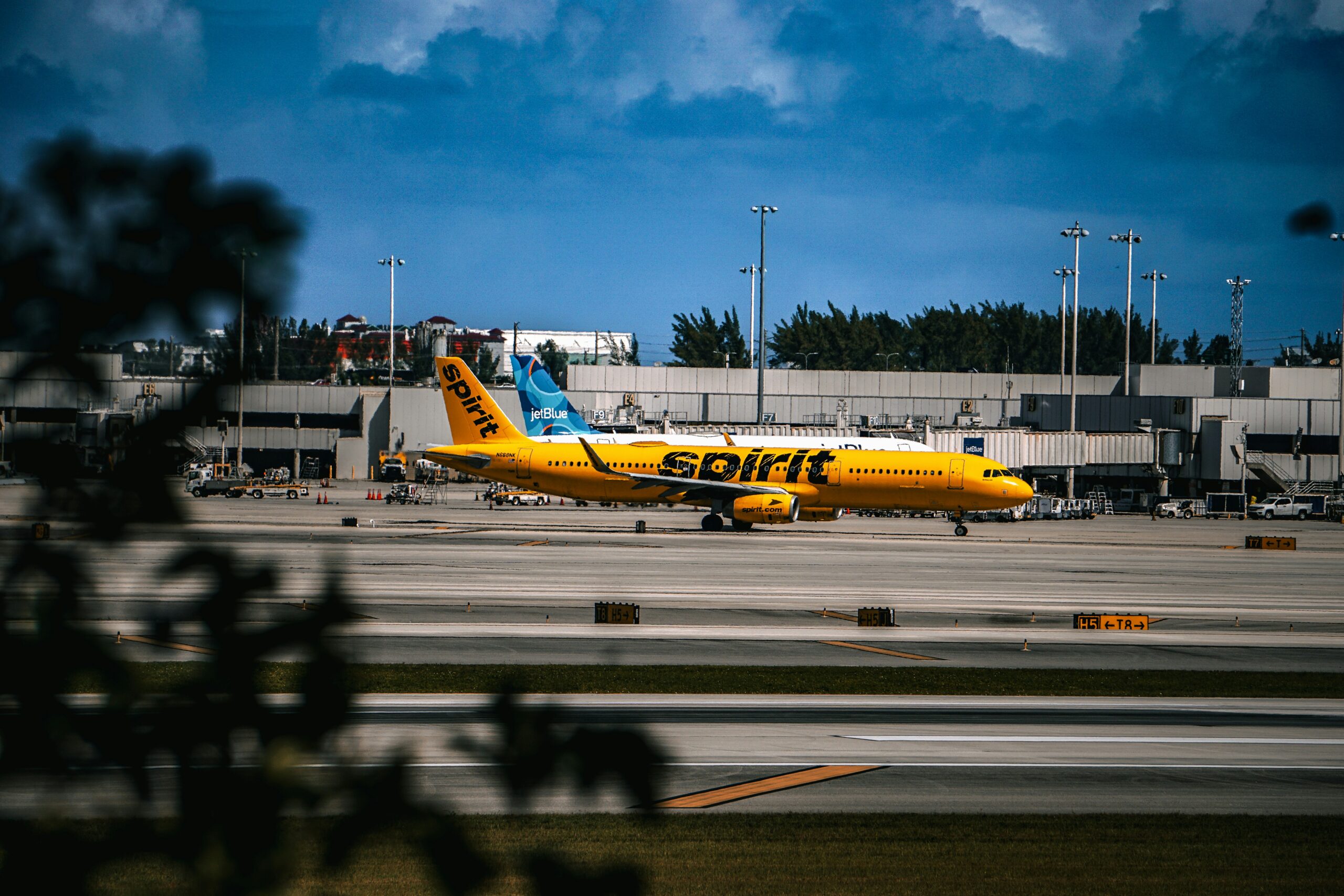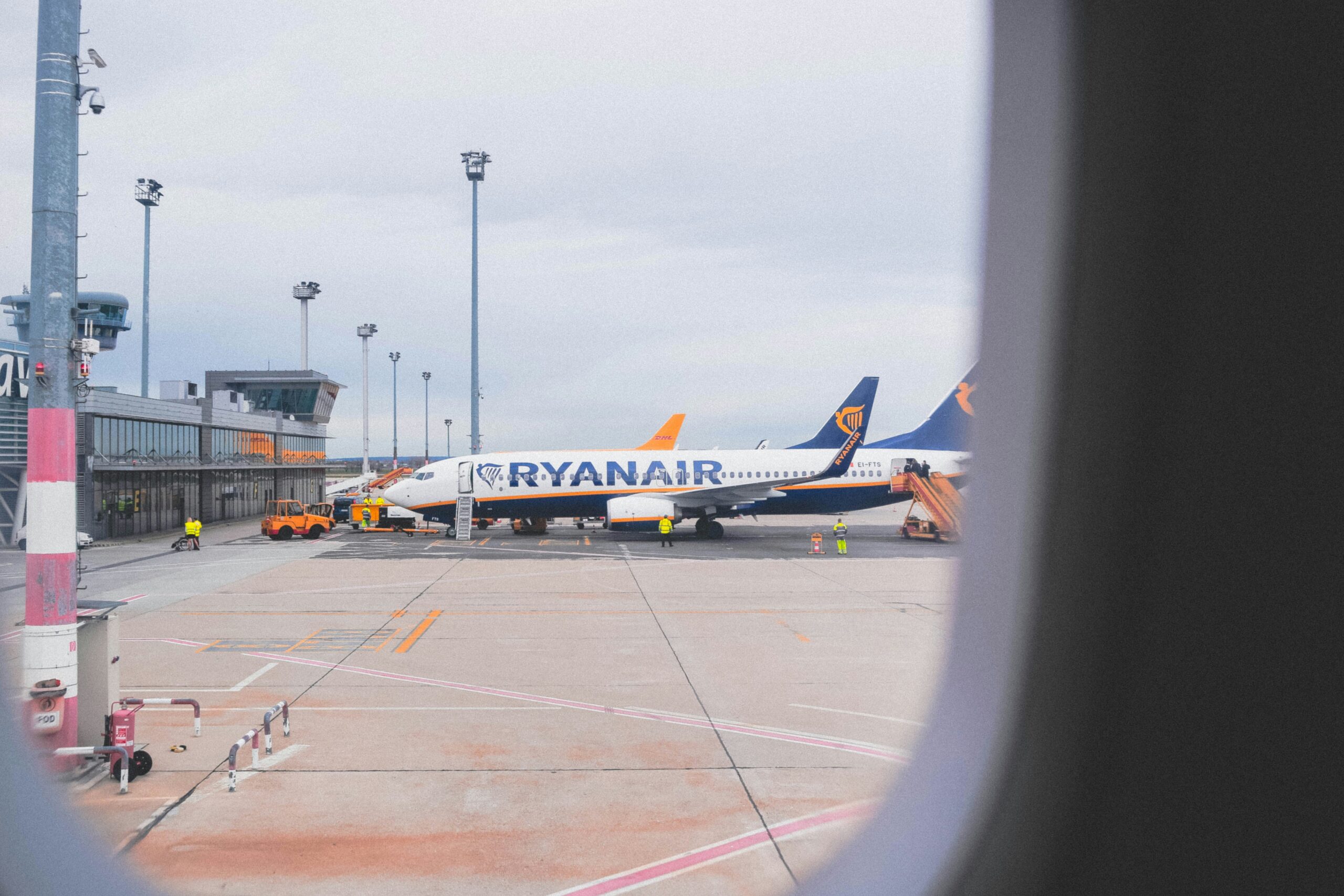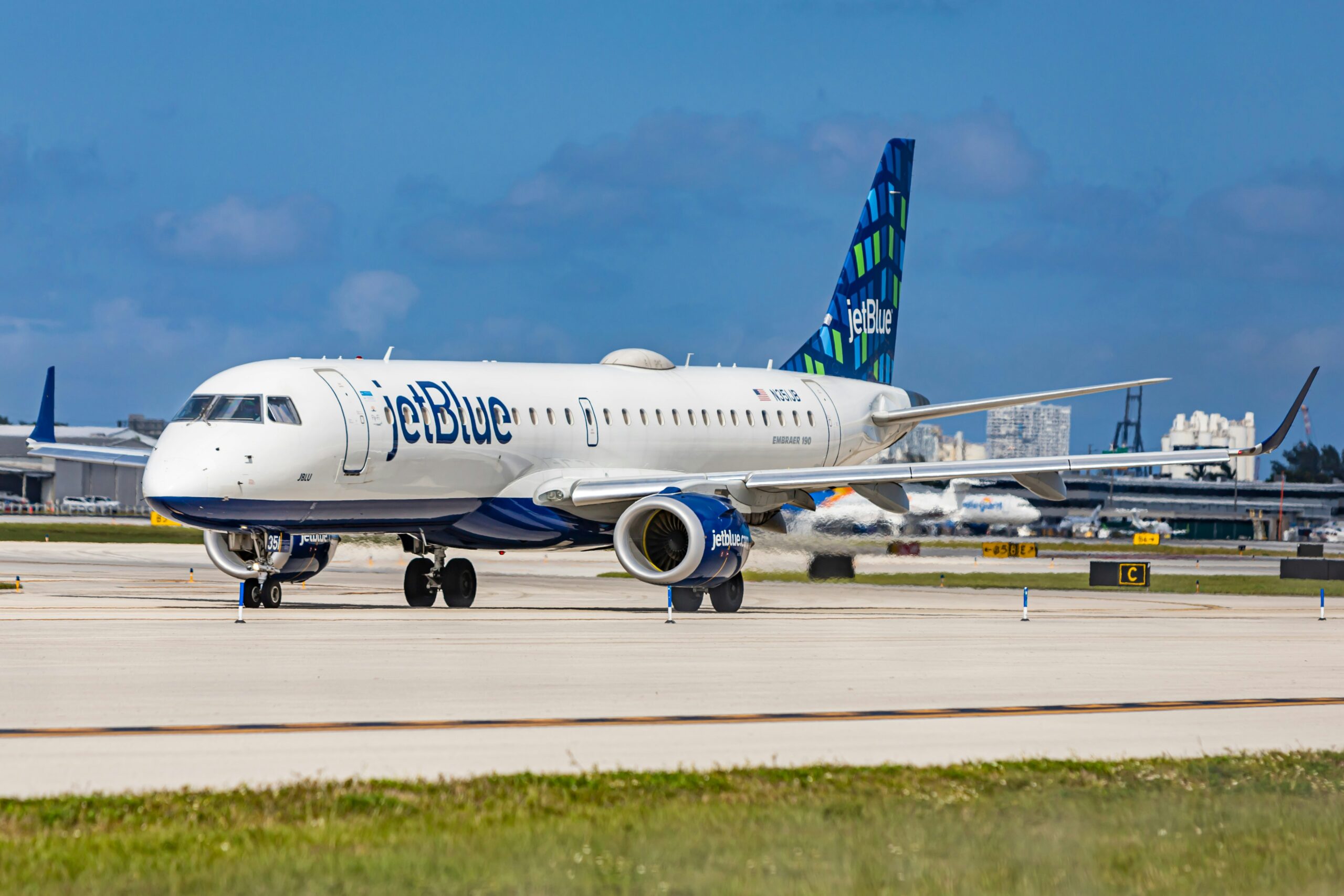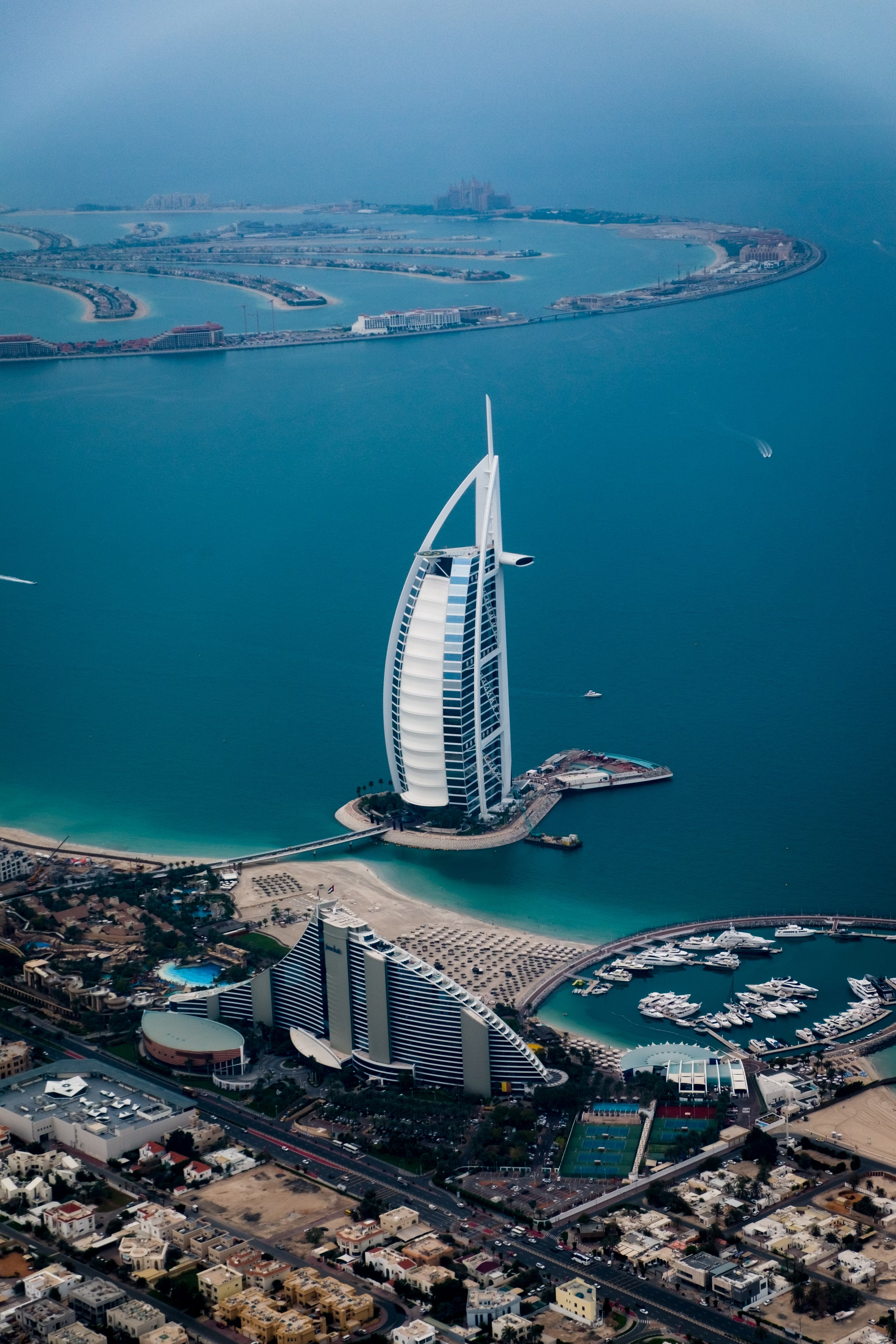Dreaming of sipping espresso in Rome, cycling along Amsterdam’s canals, and taking in the Alpine peaks all in one incredible trip? That’s the magic of multi-destination Europe trips. With a rich patchwork of cultures, languages, and landscapes packed into a relatively small area, Europe practically begs you to explore beyond just one city or country. You don’t have to choose between romance, adventure, history, and food — you can have it all!
But planning a journey that spans multiple countries isn’t just about booking flights and packing a suitcase. Multi-destination Europe trips come with their own unique challenges: figuring out transportation, balancing your budget, avoiding travel burnout, and making sure every stop feels just right. That’s why we’ve put together this complete guide — packed with expert tips — to help you craft an unforgettable European adventure, efficiently, affordably, and with serious style.
Why Choose a Multi-Destination Trip in Europe?
Europe is like a dream jigsaw puzzle for travelers — every piece fits together beautifully, but each has its own flavor. Instead of spending your precious vacation days confined to just one city or coast, multi-destination Europe trips let you sample the best of several worlds. One morning you could be standing under the Eiffel Tower, and the next, strolling through Prague’s medieval Old Town. Talk about maximizing your passport stamps!
Beyond the bragging rights (hello, Instagram goals!), these kinds of trips let you truly understand the diversity of Europe — from the cozy Alpine villages of Switzerland to the flamenco rhythms of Spain. Each place you visit adds a new layer of depth, wonder, and unforgettable stories to your journey.
1. Proximity of Countries
One of the best-kept secrets of multi-destination Europe trips is just how close everything is. Hop on a train in Paris, and you could be sipping Belgian beer in Brussels just 90 minutes later. A quick flight from Vienna lands you in the colorful chaos of Barcelona. With most borders wide open (thanks, Schengen Zone!), traveling between countries can be faster and easier than getting across a big city back home.
This proximity means you spend less time in transit and more time exploring — whether that’s museums, street markets, hiking trails, or hidden coffee shops tucked down ancient alleys. For travelers who want to make every day count, Europe’s layout is pure gold.
2. Cultural Diversity
Traveling through Europe feels like flipping through the pages of a living, breathing storybook. Each new country offers a complete cultural reset. In Italy, you might fall into the rhythm of late-night dinners and lively piazzas; in the Netherlands, it’s all about cozy cafés, art museums, and biking along canals. Every border you cross brings a new language, a new flavor, a new energy.
And because you can experience so many cultures in one trip, multi-destination Europe trips offer a richness that’s hard to match anywhere else on the planet. Why settle for one vibe when you can taste a dozen?
3. Transportation Options
One of the absolute joys of multi-destination Europe trips is how ridiculously easy it is to get around. Europe’s transport network is a masterpiece — and no matter your style (luxury, budget, or spontaneous adventurer), there’s a perfect way to move from one destination to the next.
Love trains? You’ll be spoiled for choice. High-speed trains like France’s TGV, Germany’s ICE, and Spain’s AVE whisk you between major cities in hours — no airport stress, no baggage fees, just smooth rides and gorgeous scenery outside your window. Sites like Rail Europe make booking multi-country passes easy.
If you’re flexible, budget airlines like Ryanair and Wizz Air can get you nearly anywhere for shockingly low fares — just remember to pack light and read the fine print on baggage fees! Ferries, rental cars, buses — you name it, Europe’s got it. That’s the beauty of designing your perfect adventure on the fly.
4. Efficient Budgeting
Worried that multi-destination Europe trips might destroy your bank account? Relax — with a little planning, you can live large without spending big. The trick is smart balancing: combine pricey cities with affordable gems. Think one night splurging in Paris, followed by a few chill, budget-friendly days in Krakow or Porto.
Sites like Omio help you compare travel prices across trains, buses, and flights, so you can snag the best deals. Book transport early for cheaper fares, stay flexible with dates if possible, and never underestimate the power of cozy Airbnbs or charming guesthouses instead of hotels. Trust us: your money stretches farther than you think!
Bonus tip? Visit big cities midweek when hotels are cheaper, and always check if a destination offers a “city card” for unlimited public transport and free museum entries (like the Paris Pass or Vienna Card).

Best Tools for Planning Your Route
Feeling overwhelmed by all the options? Don’t worry — technology is your best travel buddy when planning multi-destination Europe trips. These tools will save you hours of head-scratching and make your journey smoother from start to finish:
- Rome2Rio: Shows every possible way to get from A to B — trains, buses, planes, ferries — and estimates costs.
- Omio: Real-time transport booking across Europe’s trains, buses, and flights.
- Skyscanner: Flexible flight search tool to find cheap airfare between European cities.
- Rail Europe: Great for booking train tickets and passes easily online.
- Google Maps Custom Itineraries: Visualize your entire trip, distances, and time gaps at a glance.
Popular Multi-Destination Routes
Not sure where to start your multi-destination Europe trips? No problem. Some routes are classics for a reason — they bundle iconic cities, rich culture, great transport links, and jaw-dropping landscapes into one epic journey. Whether you’re chasing art, food, beaches, or history, these routes will have you falling in love with Europe one stop at a time.
1. Western Europe Classic
Itinerary: Paris → Amsterdam → Berlin → Prague → Vienna
Start with the timeless romance of Paris — croissants, Louvre strolls, and Eiffel Tower sparkle. Then hop up to Amsterdam for canal cruising and cozy brown cafés. Berlin offers gritty street art, powerful history, and crazy-cool nightlife, before you move on to Prague’s fairy-tale spires and finally glide into Vienna for classical music, ornate palaces, and coffee house culture.
This route is perfect for first-timers who want an unforgettable taste of Europe’s most famous cities — all without spending more than a few hours on trains between them!
2. Mediterranean Highlights
Itinerary: Barcelona → Nice → Rome → Athens → Santorini
Sunshine, sea breezes, and stunning art are the backbone of this dreamy trip. Start with Barcelona’s vibrant energy — Gaudí architecture, tapas, and late-night beach walks. Head east to Nice for French Riviera glamour, then dive into Rome’s chaotic beauty and ancient wonders. Wrap up with ancient Athens and those bucket-list whitewashed villages in Santorini — where sunsets look painted by the gods themselves.
For travelers who want beach time mixed with culture and great food, this Mediterranean route feels like a movie set come to life.
3. Eastern Europe Explorer
Itinerary: Budapest → Krakow → Lviv → Bucharest → Sofia
If you’re craving authentic vibes and wallet-friendly adventures, this one’s for you. Budapest’s thermal baths and dramatic Danube views are a perfect opener. Next, experience Krakow’s charming squares and poignant history before diving into the old-world magic of Lviv in Ukraine. Bucharest surprises with its Parisian architecture, and Sofia finishes strong with mountain backdrops and Orthodox cathedrals galore.
Bonus: Eastern Europe is significantly cheaper than Western Europe, making it ideal for longer multi-destination Europe trips without blowing your budget.
4. Nordic Adventure
Itinerary: Copenhagen → Stockholm → Oslo → Bergen → Reykjavik
Chasing northern lights? Dreaming of fjords and forests? Start in Copenhagen — all hygge cafés, colorful harbors, and bike-friendly streets. Stockholm’s royal palaces and trendy districts charm every visitor, while Oslo feels modern and refreshingly green. After a scenic train ride to Bergen (arguably the world’s prettiest rail trip!), head to Reykjavik for geysers, glaciers, and surreal lava fields.
A little pricier than other trips, but totally worth it if you want unforgettable nature, design-forward cities, and clean, fresh air everywhere you go.
5. Balkan Discovery
Itinerary: Dubrovnik → Kotor → Tirana → Skopje → Thessaloniki
Want off-the-beaten-path magic? Start in Dubrovnik — “King’s Landing” to Game of Thrones fans — where medieval walls meet sparkling Adriatic waters. Then dip into Kotor’s breathtaking fjord-like bay, soak up the buzz of Tirana’s colorful revival, discover Skopje’s quirky statues and riverside charm, and end your journey sipping ouzo in Thessaloniki’s sunny squares.
Fewer crowds, lower prices, and landscapes that will blow your mind — the Balkans are Europe’s best-kept secret for adventurous travelers.
How to Travel Between Countries
One of the absolute best parts of multi-destination Europe trips is how easy it is to get from one incredible place to another. Forget spending half your trip in airports — Europe’s transport options are fast, efficient, and (sometimes) way more fun than you’d expect. Depending on your style and budget, here’s how to get around smartly:
1. Train Travel
Nothing beats the romance of European train travel. Whether you’re gliding through the French countryside or zigzagging across Alpine valleys, trains offer comfort, amazing views, and minimal hassle. High-speed networks like Eurostar (Paris–London), Deutsche Bahn (Germany), and TGV (France) are smooth and lightning-fast.
If you’re traveling across multiple countries, consider a Eurail Pass. It offers flexibility and can save serious cash if you’re covering a lot of ground. Plus, there’s nothing quite like boarding a night train in Vienna and waking up in Venice. Pure travel magic!
2. Budget Airlines
If you’re aiming to cover serious distance in a short time, budget airlines like Wizz Air and Ryanair offer jaw-dropping fares. €10 tickets between countries? Totally possible — if you pack light and book smart!
Just watch out for hidden fees: checked baggage, priority boarding, and even airport check-ins can add up. Still, when you need to zip from Amsterdam to Athens in under three hours, low-cost airlines are a game-changer.
3. Buses
Traveling Europe by bus has come a long way. Modern companies like FlixBus and BlaBlaCar Bus offer super affordable tickets, comfy seats, Wi-Fi, and routes that reach places trains sometimes skip — like remote villages and national parks.
Buses are slower than trains or planes, but they’re unbeatable for budget travelers or anyone who wants to see the countryside roll by at a slower pace. Overnight routes even save you a night’s hotel cost!
4. Rental Cars
If you’re craving the ultimate freedom, renting a car might be your best bet — especially if you’re dreaming about Tuscany’s vineyards, Ireland’s wild coastlines, or the hidden corners of Croatia. A rental gives you the flexibility to stop wherever and whenever you want.
Just remember: you’ll need an international driver’s permit in some countries, toll roads can add costs, and some countries (hello, UK and Ireland) drive on the left! Always check your rental agreement carefully if you plan to cross borders too.

How to Avoid Burnout
The biggest rookie mistake on multi-destination Europe trips? Packing in too much. We get it — every city sounds amazing, and your FOMO is real. But trust us: racing through five cities in five days will leave you exhausted, cranky, and barely remembering where you’ve been.
- Stay at least 3 nights per city: Give yourself enough time to settle in, explore, and soak up the vibe without rushing.
- Mix big cities with smaller towns: Recharge your energy by escaping to charming small towns or coastal villages in between major metropolises.
- Schedule chill days: Plan occasional “do nothing” days — hang at a café, people-watch, or take a slow stroll through a park.
- Be flexible: Leave space in your schedule for unexpected adventures (and naps!) instead of planning every minute.
Travel isn’t a race. Sometimes the best memories happen when you slow down and live like a local, even if it’s just for an afternoon.
Budgeting Tips for Multi-Destination Trips
Worried about running out of cash halfway through your dream trip? No need. With a little strategy, you can travel smart and still treat yourself. Here’s how to stretch your budget while still living your best European life:
- Fly midweek: Tuesday and Wednesday flights are usually cheaper than weekend ones.
- Mix high and low: Balance luxury splurges (like a Paris hotel) with budget gems (like a Krakow guesthouse).
- Use city tourism cards: They often include free public transport and discounts on museums, attractions, and tours.
- Grocery stores are your friend: Pick up fresh bread, cheese, and fruit for picnic lunches — it’s cheap and delicious!
- Take advantage of free activities: Walking tours, museum free days, festivals, and outdoor markets can make your trip rich without draining your wallet.
Remember: being smart about budgeting doesn’t mean missing out — it means traveling farther, staying longer, and having even more amazing stories to tell.
Catch up on the top stories and travel deals by subscribing to our newsletter!












Leave a Reply